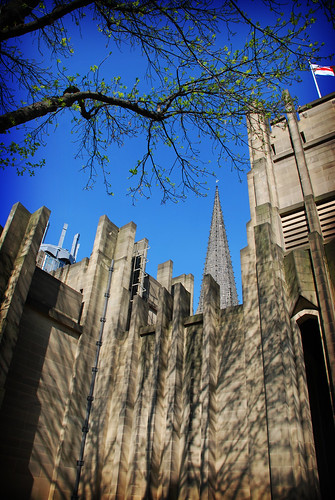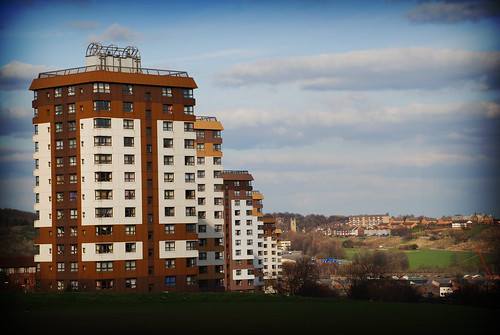
Lomography, an increasibly popular type of photography, is very much a back-to-basics approach. Cheap film cameras, often toy cameras, are used and there is a lomo aesthetic which is very appealing.

Lomography emphasizes casual, snapshot photography. Characteristics such as over-saturated colors, off-kilter exposure, blurring, "happy accidents," and alternative film processing are often considered part of the "Lomographic Technique." (from wikipedia)
I play with a Holga and other toy cameras, all plastic, to varied effects. One of the joys of lomography is indeed its very complete unpredictability.
The Holga's cheap construction and simple meniscus lens often yields pictures that display vignetting, blur, light leaks, and other distortions. Ironically, the camera's quality problems became a virtue among some photographers, with Holga photos winning awards and competitions in art and news photography. (from wikipedia again!)
The most faithful of lomographers despise digital attempts to reproduce the lomo aesthetic, so I avoided it for a long time. However, the unique beauty of this effect has led me astray and I have, for the first time, followed a 'lomo effect' tutorial for Photoshop. And I don't regret it. The results, above, are just fantastic.
The tutorial I used is here. There are probably hundreds of them but I like this one. Simple and effective.
Lomo links:
lomography.com
Lomography UK
A Guide to Lomography













No comments:
Post a Comment